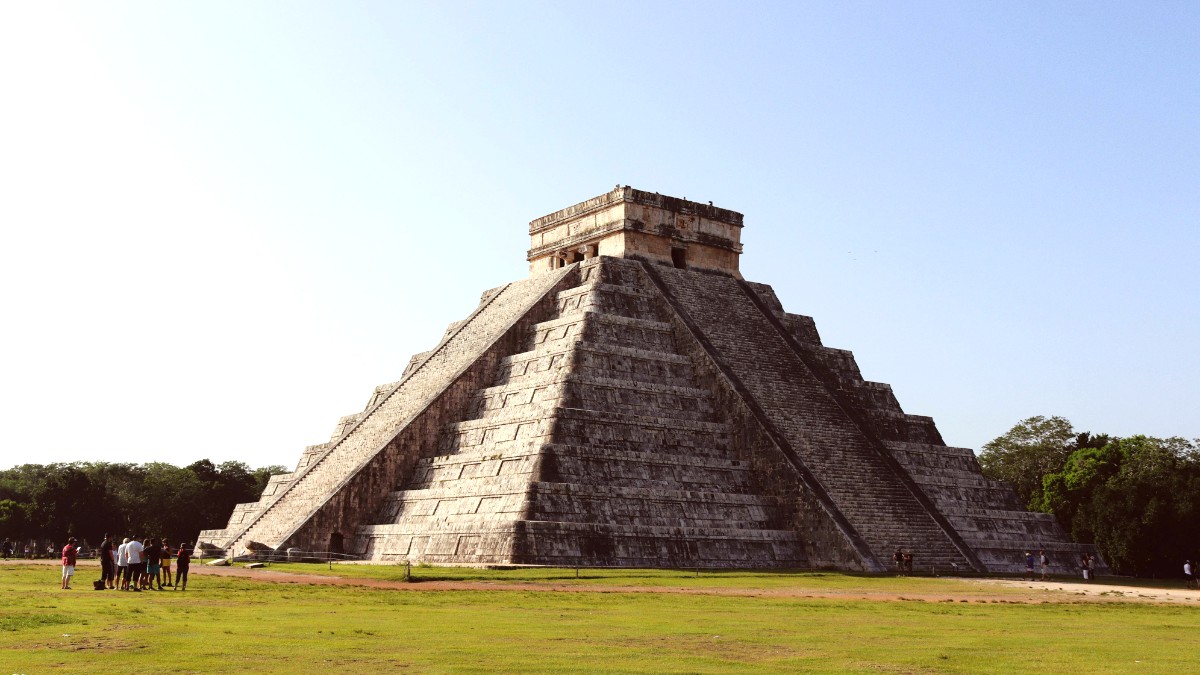
Yucatan Peninsula, Mexico
Explore Ek Balam, approximately 30 minutes from Valladolid, known for its well-preserved stucco sculptures and climbable pyramid. A less crowded Mayan site for a more intimate visit.
Discover Izamal, "The Yellow City," an hour from Valladolid, featuring a Franciscan monastery built atop a Mayan pyramid. A picturesque colonial town offering a different historical view.
Venture further to uncover more of the Yucatan's cultural and natural wonders.
About 1.5 hours west of Chichen Itza, Mérida offers rich colonial history, architecture, museums, and lively cultural events.
Located southwest of Chichen Itza, Uxmal is an impressive Mayan ruin with unique Puuc architectural style, distinct stone mosaics and patterns.
Beyond the ancient ruins, the Yucatan offers unique natural landscapes, mainly its coastal areas and specific ecological reserves.
A wetland area north of Valladolid, known for its large flamingo population (November to May), crocodiles, and diverse birdlife. Boat tours explore mangroves.
An UNESCO World Heritage site south of Tulum, with diverse ecosystems including mangroves, wetlands, and coral reefs. Ideal for ecotours and birdwatching. Best for an overnight stay.
Near Rio Lagartos, discover the striking pink lakes. The color comes from microorganisms and high salt content. A unique natural spectacle.
The Yucatan is famous for its cenotes, natural sinkholes offering unique swimming experiences.
Understand the natural lay of the land in the Yucatan Peninsula.
Deepen your exploration of Mayan culture and colonial history with these targeted excursions.
Discover a broader range of Mayan civilization beyond Chichen Itza's borders.
Gain insights into contemporary Mayan life by exploring smaller, traditional villages.
Explore locations with deep spiritual and historical significance.
Discover wildlife and unique natural phenomena north of Valladolid.
These sites collectively broaden one's perspective on Mayan civilization.
A major site featuring the distinctive Puuc architectural style, intricate stone mosaics, and geometric patterns.
An important site with remarkably well-preserved stucco sculptures on its main pyramid, the Acropolis.
Offers insight into a later Mayan capital, showing a different period of Mayan history.